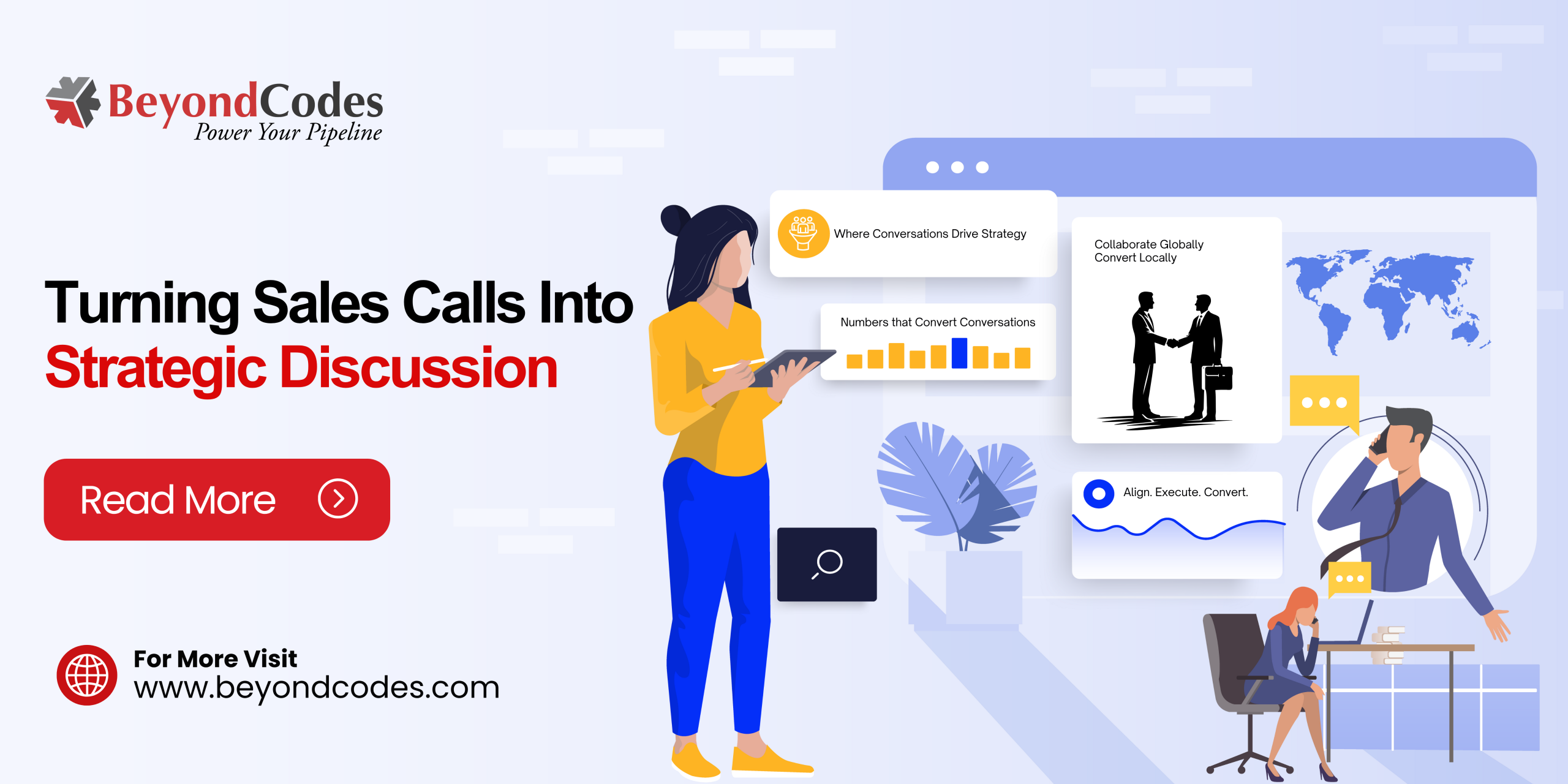You built a great product, launched a few campaigns, and may have attended some events—and leads followed.
However, that outdated sales strategy no longer works in today’s cluttered software market, where buyer journeys are longer, attention spans are shorter, and inboxes are overloaded.
Now, software companies face a challenging question: How do you consistently generate qualified sales conversations when traditional methods don’t work?
Here’s the answer: Appointment setting.
But not in the way most people think of it. Appointment setting isn’t just an SDR task anymore — it’s a strategic, revenue-driving function.
We’ll explain in this blog why appointment setting is becoming a crucial revenue strategy for software product companies—and how it’s bridging the gap between interest and income.
Let’s dive in—
The Shift: From Passive Lead Generation to Active Revenue Generation
Gone are the days when cold emails and ads alone could fuel growth. Decision-makers are bombarded with sales pitches, and sales cycles are stretching longer than ever.
Businesses that formerly relied on inbound leads are now turning to dedicated appointment setting teams to get through the clutter, connect with key decision-makers, schedule quality appointments, and fast-track the sales process.
Setting up an appointment is no longer a junior-level task on a checklist. It now demands a powerful blend of –
- Industry knowledge
- Deep research
- Strong personalization
- Emotional intelligence
In short, appointment setters act more like mini-strategists than message-blasters. They:
- Study the buyer persona in-depth.
- Understand pain points specific to each vertical.
- Create personalized messages that resonate with the C-suite.
The Data Proves It…
In the SaaS industry, appointment setting is becoming a game-changer. Here is the data showing outcomes:
- 30–40% more qualified meetings (and faster deal closures).
- Shorter sales cycles (because you're talking to ready-to-buy prospects).
- Higher ROI on marketing spend (no more wasted leads).
It’s not just about booking calls—it’s about increasing velocity and enhancing pipeline quality.
Why Appointment Setting Acts As a Sales Accelerator for Software Companies
Appointment setting is now more about generating steady sales momentum than just filling calendars. Appointment setting is a sales accelerator in the software sales industry, where lengthy cycles, technical complexity, and decision fatigue frequently impede progress.
It becomes a must-have for software companies that prioritize expansion for the following reasons:
1. No more hoping leads book demos on their own
Let’s be honest—most prospects won’t act on their own. Even if they’re interested, they’re distracted, busy, or overwhelmed by choices. Appointment setting ensures proactive outreach, enabling you to initiate discussions rather than waiting for potential clients to take the first step.
It turns passive interest into active engagement.
2. No more reps drowning in unqualified leads
When your sales reps are overwhelmed with cold, unfiltered leads, their time and morale suffer. Appointment setting changes are achieved by implementing a filter. Skilled setters engage, qualify, and only pass along prospects who meet your ICP criteria and show buying intent.
The result? A more driven sales team, shorter cycles, and higher conversion rates.
Also read, How to Prioritize Sales Leads Using Buying Signals
3. No more one-size-fits-all pitches and generic outreach
Modern appointment setting is all about personalization at scale. It’s not about mass-blasting the same message—it’s about research-driven conversations that speak directly to a decision-maker’s industry, role, and specific challenges. These meetings provide your team with the opportunity to customize your value proposition, address objections proactively, and build genuine rapport.
The Role of Appointment Setting in Revenue Generation
Appointment setting has evolved into a key driver of revenue for software companies. Here’s how it directly contributes to growth:
- Streamlining Lead Conversion: By focusing on qualified leads, appointment setting ensures that sales teams spend their time on prospects most likely to convert.
- Accelerating Sales Cycles: Direct meetings with decision-makers reduce delays in the buying process, speeding up revenue generation.
- Improving Customer Retention: Personalized interactions during appointments lay the foundation for long-term relationships, increasing customer loyalty.
- Optimizing Resource Allocation: Outsourcing appointment setting or using advanced scheduling tools frees up internal resources to focus on core business activities.
Best Practices for Effective Appointment Setting
To maximize its impact, software companies should adopt these strategies:
- Target Decision-Makers: Research organizational hierarchies to ensure you’re engaging with individuals who have purchasing authority.
- Leverage Technology: Utilize appointment scheduling software, such as Calendly or Zoho Bookings, to streamline workflows and minimize no-shows.
- Focus on Nurturing Leads: Consider appointment setting as an opportunity to build relationships rather than simply closing deals.
- Train Your Team: Equip your sales representatives with the skills necessary to handle objections and communicate value during appointments effectively.
Conclusion
The software industry has evolved; inbound forms and cold emails are no longer sufficient to meet the demands of distracted customers, flooded inboxes, and longer sales cycles. Appointment setting has emerged from the SDR shadow and into the spotlight—as a strategic, revenue-driving tool.
It’s no longer about booking meetings—it’s about creating qualified conversations, increasing deal velocity, and nurturing relationships that convert. If your team isn’t considering appointment setting like a core growth engine, you’re not just missing leads—you’re missing revenue.
Let’s turn your outreach into revenue without making prospects wait!
Author
-
With 7+ years of experience and a background in media & communication, she brings stories to life that fuel lead generation success. She transforms complex B2B ideas into content that is clear, engaging, and results-driven—helping key decision-makers take action. A good cup of coffee fuels her writing ideas, and when off the clock, she enjoys unwinding with her dog by her side.








